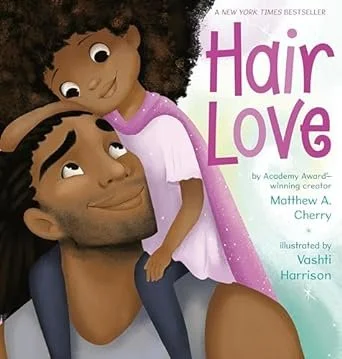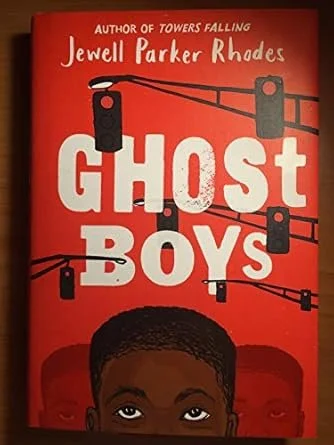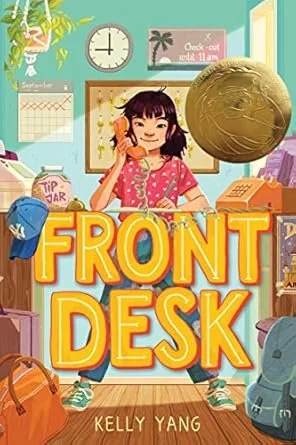Reading Diversity Books At Home: Why It's Important.
Reading Time: 4 mins, 7 secs
Books are the gateway to a wealth of feelings, experiences, and perspectives. They introduce young readers to new concepts and allow them to explore different ideas that may not be familiar or represent their own lived experiences. However, sometimes home libraries lack diversity — leaving a noticeable gap in representing certain voices or stories.
There are many benefits of having a variety of books on hand. Offering reads that touch on racial diversity, cultural differences, LGBTQ+ relationships, and people with physical differences or abilities makes it easy for young readers to explore new ideas in an age-appropriate way. This also helps kids develop their interests and figure out what kind of stories they like reading.
Here are 4 benefits of embracing diversity in your home library:
1. Introducing different perspectives
Reading books from diverse authors exposes children to viewpoints and experiences that differ from their own. This, in turn, fosters empathy, understanding, and a broader worldview in a child who might not otherwise have that exposure. By having an expanded worldview, children will better understand and respect life situations that are different from their own.
Tip: Help children be open-minded by encouraging them to ask questions about unfamiliar or confusing topics.
2. Validating feelings
Children who read books about characters that look like them, share their cultural background, or face similar challenges will feel more comfortable and validated in their identities. Especially for young children, this helps build self-esteem and creates a safe space for them to explore their preferences.
Tip: Encourage children to reflect on what they read by writing down thoughts, questions, connections, or feelings they had while reading a particular book.
3. Educating on important issues
In today’s world, there are many complex, multifaceted social issues. Encouraging young people to read diverse books can present these concepts in nuanced ways that are easier to understand. For example, books that touch on immigration might also explore reasons for migration, challenges faced by families, and the impact of policymaking.
Tip: Use reading as a jumping-off point for meaningful, informative conversations about historical events that might need clarification.
4. Inspiring curiosity
Reading diverse books helps children be more creative and curious about the world, allowing them to imagine new scenarios and possibilities. Children who read diverse books can better visualize settings and characters, which can manifest in their unique ideas down the line.
Tip: Using a storyboard or idea map, create visual representations of different characters, settings, and themes. This makes it easy for readers to grasp diverse ideas that may be new.
How to Choose Diverse Books for Your Home Library
Look for Authentic Voices - Choose books written by authors from the cultures or backgrounds being portrayed. Authentic representation ensures that the experiences and perspectives are portrayed accurately and respectfully.
Explore Different Genres - Diverse books come in various genres, from historical fiction to fantasy to nonfiction. A mix of genres can keep reading exciting and provide a well-rounded understanding of different cultures.
Seek Recommendations - Utilize booklists and recommendations from organizations that focus on diverse literature, such as We Need Diverse Books. Libraries and bookstores often have sections dedicated to diverse books as well.
Be a Role Model - Show your child that you value diverse literature by reading these books yourself. Share your thoughts and insights with them, and make it a family activity to explore different stories together.
Lou’s Recommended Reads
The Proudest Blue
(2019) by Ibtihaj Muhammad and S.K. Ali
Tells the story of a young Muslim girl’s first day of hijab.
The Rainbow Parade
(2024) by Shane Jordan and Rick Hendrix
Depicts friendship and acceptance during a Pride parade.
Jacob’s New Dress
(2020) by Sarah and Ian Hoffman
Highlights the unique challenges faced by children who don't identify with traditional
gender roles.
Last Stop on Market Street
(2015) by Matt de la Peña
Teaches appreciation and gratitude as CJ and his grandmother ride the bus through the city on the way home
from church.
Hair Love
(2019) by Matthew A. Cherry
Showcases the bond between a father and daughter as they tackle her natural hair.
My Brain is Magic
(2023) by Prasha Sooful
Celebrates neurodiversity and sensory processing in children.
Ghost Boys
(2018) by Jewell Parker Rhodes
Tackles racism and violence through the eyes of a young boy killed by police.
Front Desk
(2018) by Kelly Yang
Follows a young Chinese immigrant navigating life in America.
The Hate U Give
(2022) by Angie Thomas
A novel about race, identity, and activism following the aftermath of a police shooting.
Aristotle and Dante Discover the Secrets of the Universe
(2014) by Benjamin Alire Sáenz
A coming-of-age story about identity, friendship, and family through the lens of two Mexican American boys.
Encouraging your child to read diverse books is more than just introducing them to different cultures — it's about helping them grow into empathetic, informed, and open-minded individuals. By making diverse literature a part of their reading journey, you’re giving them the tools to understand and appreciate the rich tapestry of human experience. Start today, and watch as your child’s world expands and their heart grows with every page they turn.
Share this article
















